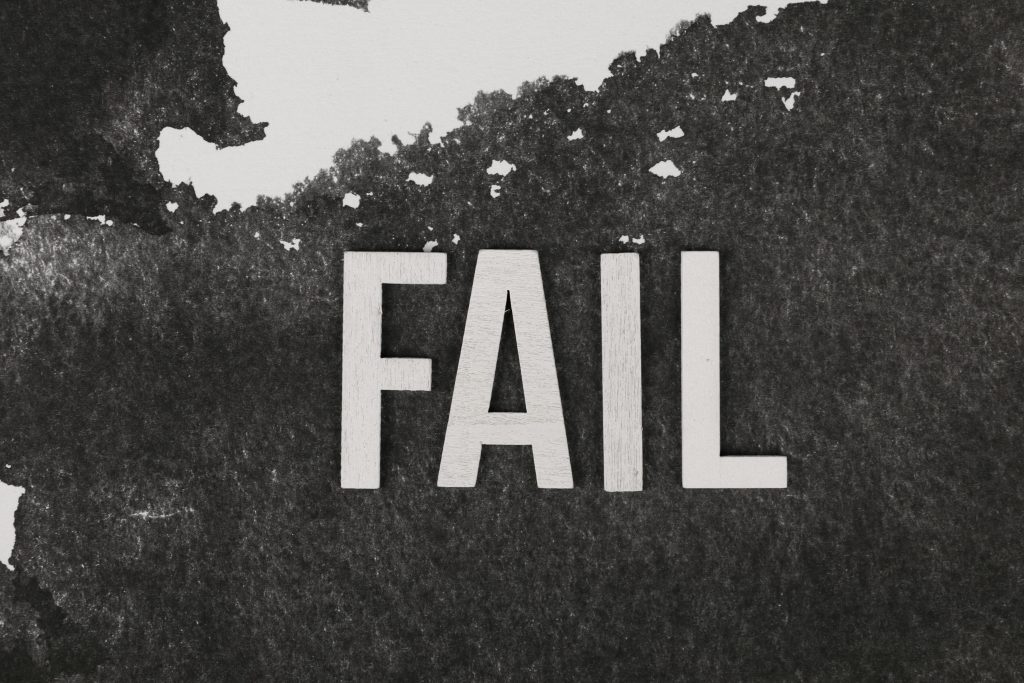“Ever had a bill spike because of supply chain chaos? Yeah, me too. It feels like trying to pay for avocado toast during a global shortage.”
Supply chain disruptions are no joke, especially when they spill over into your personal finance. Whether it’s rising prices on everyday items or higher interest rates on credit cards thanks to inflation, we all feel the pinch. But what if I told you there’s a way to cushion the blow—one that’s often overlooked by even seasoned budgeters?
In this blog post, we’re diving deep into how supply chain disruptions affect personal finance—and how one obscure tool called *publishing insurance* can protect both your credit score and wallet. You’ll learn:
- The ripple effects of supply chain delays.
- What publishing insurance is (and why you might already need it).
- Actionable steps to shield yourself financially.
Table of Contents
- Key Takeaways
- What Are Supply Chain Disruptions? (And Why Should You Care?)
- Demystifying Publishing Insurance
- Steps to Safeguard Your Finances
- Real-Life Examples of Protection in Action
- Best Practices for Using Publishing Insurance
- FAQs About Supply Chain Disruptions and Personal Finance
- Conclusion: Stay Ahead of the Chaos
Key Takeaways
- Supply chain disruptions lead to price volatility, which affects everything from groceries to monthly bills.
- Publishing insurance offers stability by mitigating unexpected costs tied to financial obligations.
- Combining smart planning with niche tools creates long-term financial resilience.
What Are Supply Chain Disruptions? (And Why Should You Care?)
Imagine needing printer ink but discovering it’ll cost double because of a shipping backlog halfway across the globe. That’s just one tiny example of how broken supply chains wreak havoc on our lives.

Here’s a stat that hits hard: According to McKinsey & Company, companies lost an average of 45% of their annual profits due to supply chain issues in 2023 alone. These losses trickle down directly to consumers through inflated product prices and disrupted services.
And here’s my confessional fail moment—I once got hit with a $200 late fee on a credit card payment because the statement arrived late due to…you guessed it, supply chain disruptions delaying mail delivery. Ugh.
Why This Matters for Credit Cards and Insurance
When supply chains slow down, businesses scramble to cover extra expenses—often passing them along as fees or higher premiums. That includes credit card issuers and insurance providers who deal with operational costs skyrocketing overnight.
Optimist Me:
“Don’t worry, it’s temporary!”
Grumpy Me:
“Temporary?! Tell that to my maxed-out credit limit.”
Demystifying Publishing Insurance
Publishing insurance isn’t something most people think about unless they work in media—but hear me out. In today’s gig economy, many freelancers rely on platforms requiring contracts, invoices, and timely payments. If these processes stall due to supply chain issues (yes, including digital glitches), publishing insurance acts as a safeguard against missed deadlines and penalties.

So, what exactly does publishing insurance do?
- Covers delayed project payments caused by third-party vendor failures.
- Protects against legal disputes stemming from communication breakdowns.
- Ensures income continuity despite external disruptions.
Rant Alert:
Why doesn’t EVERYONE know about this yet?! It’s chef’s kiss for anyone balancing multiple freelance gigs while dodging economic storms.
Steps to Safeguard Your Finances
Enough talk; let’s get actionable! Here’s how to use publishing insurance to combat supply chain disruptions:
Step 1: Assess Your Risk
Ask yourself:
- Do you depend on timely invoice processing?
- Are you exposed to international vendors prone to shipping delays?
Step 2: Choose the Right Coverage
Look for plans that cover:
- Credit card late fees triggered indirectly by logistical hurdles.
- Insurance premium hikes tied to supply chain stressors.
Step 3: Automate Payments
Set up autopay for recurring bills to sidestep potential snags caused by postal delays.
WARNING: Terrible Tip Ahead!
Some sleazy providers may lure you in with cheap rates only to nickel-and-dime you later. Vet insurers thoroughly before signing anything.
Real-Life Examples of Protection in Action
Case Study #1: A graphic designer faced a sudden increase in printing costs after her supplier ran into a paper shortage linked to supply chain disruptions. Her publishing insurance reimbursed 75% of those added expenses, keeping her business afloat.
Case Study #2: A blogger missed two weeks’ worth of sponsored posts because his content management system experienced downtime related to data center outages. Thanks to his policy, he recouped lost revenue without damaging client relationships.
Best Practices for Using Publishing Insurance
- Document Everything: Keep copies of emails, receipts, and contracts. Evidence is king when filing claims.
- Review Regularly: Update your coverage annually to reflect changes in your financial needs.
- Mix and Match: Combine publishing insurance with other safeguards like credit monitoring tools.
FAQs About Supply Chain Disruptions and Personal Finance
Q1: Is publishing insurance worth it for non-freelancers?
Absolutely—especially if you regularly interact with service providers whose operations could falter under stress.
Q2: Can supply chain disruptions impact investment portfolios?
Oh, totally! Companies reliant on stable logistics can see stock values plummet during crises.
Q3: Should I cancel unused subscriptions amid financial uncertainty?
If they don’t add value immediately, yes. Cutting clutter now helps weather future storms better.
Conclusion: Stay Ahead of the Chaos
Supply chain disruptions are here to stay—but so are savvy solutions like publishing insurance. By combining innovative strategies with tried-and-true financial planning, you can turn chaos into opportunity.
Remember, folks: Like Pac-Man chasing pellets, your wallet deserves protection from every angle. Now go forth and conquer those supply chain gremlins!
(P.S. Life without publishing insurance sounds like my dial-up modem circa 1998—screeeeech.)


